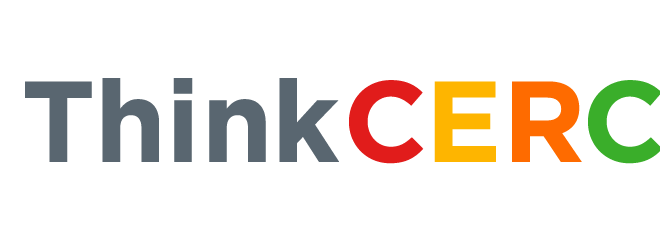What is a “Good” Student Loan Interest Rate?

There are a few statistics to watch while reviewing your student loan offers. The primary loan amount, or how much the lender is prepared to offer you, is the most important one. The APR (annual percentage rate), the percentage you will pay in addition to your principal loan amount, is equally significant.
But how can you tell whether a student loan’s interest rate is “good”? How can you evaluate the rates that are offered? Here is an overview of interest rates, the distinctions between federal and private rates, and how to locate the best deal for you.
What Determines an Interest Rate?
Your interest rate will depend on the loan you get, and other variables may affect the figure you’re offered.
First, the government sets the interest rates for federal student loans, including direct subsidized and unsubsidized loans. This number may only be changed by federal legislation.
On the other hand, private student loan interest rates are set by the lender, such as the bank or credit union, and each lender has its own rules and standards. The following variables may have an impact on this figure:
- Whether you have a co-signer. Most students will need a co-signer, particularly if they have little work experience. The following criteria also apply to a co-signer if one is required.
- Your income, credit risk, credit history, credit score, and current debt are all factors.
These variables will influence your interest rate, but they may also affect the loan amount you get.
What Are The Federal Student Loan Interest Rates?
The interest rates on federal student loans might vary from year to year, so it’s crucial to constantly check this figure for the academic year you’re enrolled.
Federal student loans have set interest rates for the 2022–2023 academic year, which are as follows: 99% for direct undergraduate subsidized and unsubsidized loans; 54% for unsubsidized graduate loans; and 54% for parent and graduate PLUS loans.
What are Private Student Loan Interest Rates?
Numerous variables, as previously discussed, will affect the interest rate on your private student loans. But these are the averages as of now for 2022:
- For fixed interest, 3.22% to 13.95%
- Variable interest ranges from 0.94% to 12.99%
A variable interest rate will fluctuate over time with the market, whereas a fixed rate will not vary over the loan term. Variable interest rates are often initially as low as 3%, which is lower than a federal loan, but they only sometimes continue at this level. For instance, they may increase to 10% in a few years. Low fixed interest rates are available, but they truly rely on your capacity to repay the loan, as well as the ability of your cosigner.
How Can You Compare Student Loan Interest Rates?
It might be challenging to get a “good” student loan rate. After all, you’ll get various figures from the government, banks, and credit unions. It’s crucial to resist the urge to accept the first loan offered to you.
You must research to compare and locate the best interest rates available. To check what you’re provided, you should apply for a few loans, particularly if you require private possibilities.
Some tools you may want to take advantage of include:
- Calculators that compare the terms of student loans. These may show you the precise amount you need to repay the loan within a certain time frame or the length of time it will take you to repay the loan if you can only afford a specific amount each month.
- Finders for student loans. Finders for student loans, like ours, may assist you in locating not just the greatest interest rates and some of the finest loans available to you. It helps you evaluate your alternatives by considering your credit, preferred repayment schedule, and other factors.
- Financial planners for colleges. You may compare interest rates and loans with college finance consultants, who also provide practical guidance for lowering the cost of higher education.
What if You Can’t Find a Good Interest Rate?
You still have choices if you can’t get a reasonable interest rate because of poor credit or another problem. For instance, you could accept the higher interest rate for the time being and consider refinancing student loans as soon as you find a job and a stable income. Many private lenders will deal with private and government loans to assist you in refinancing and consolidating your debts to get a cheaper interest rate.
It might seem like searching for a needle in a haystack to find a “good” interest rate, but that doesn’t have to be the case. It takes time and effort to uncover the finest financial solutions for you. Also, remember to only accept the first loan letter you get. Before signing on the dotted line, wait until you have a few in your possession.
Although student loans are a great way to make education more affordable, they aren’t your only choice. There are several methods to pay for your education, from scholarships to aid from universities. See what’s available to you using our Student Loan Finder, our Scholarship Search Tool, and some of the best universities with the biggest endowments.






